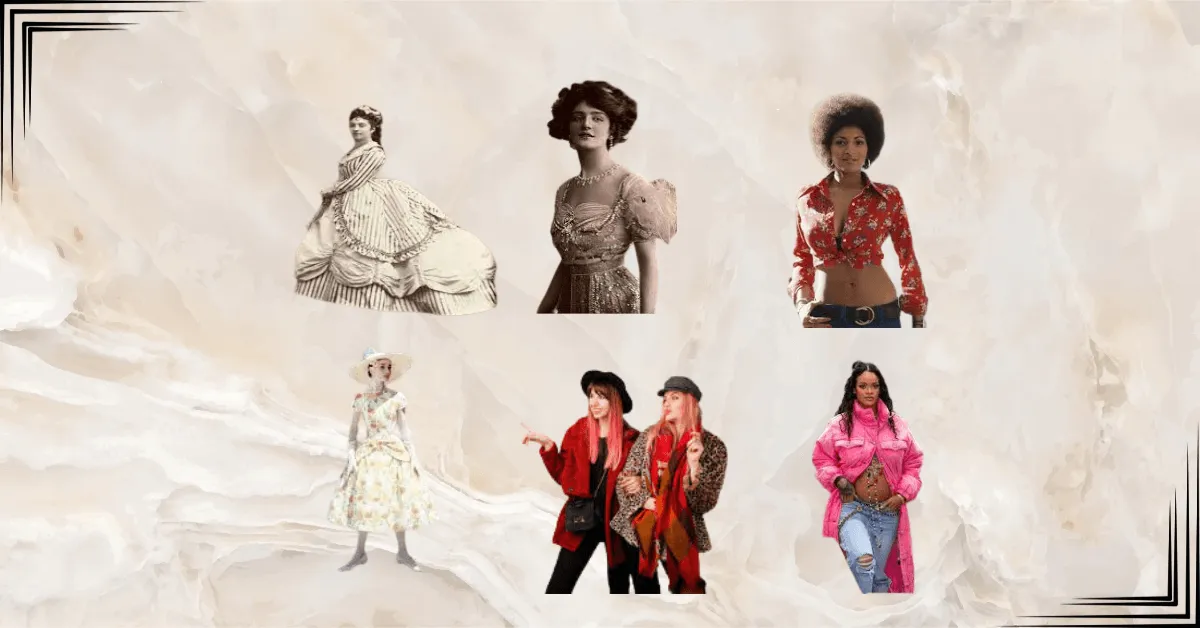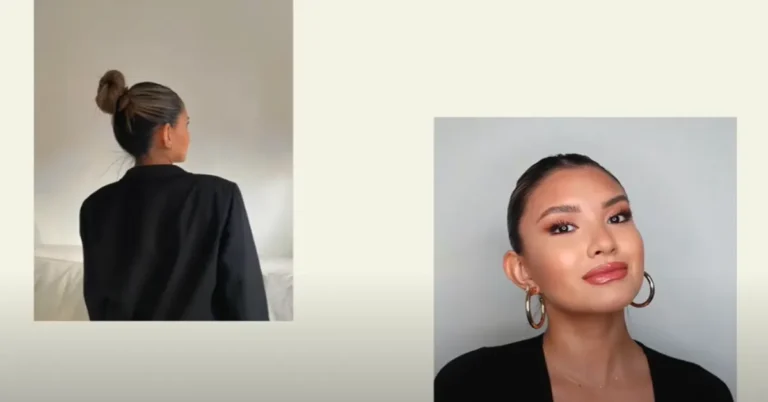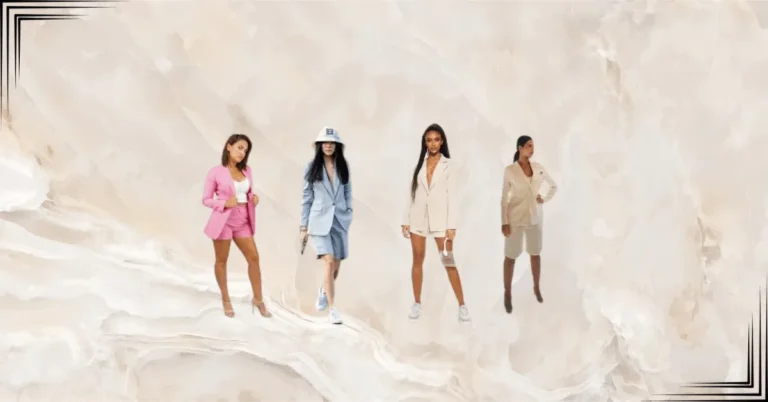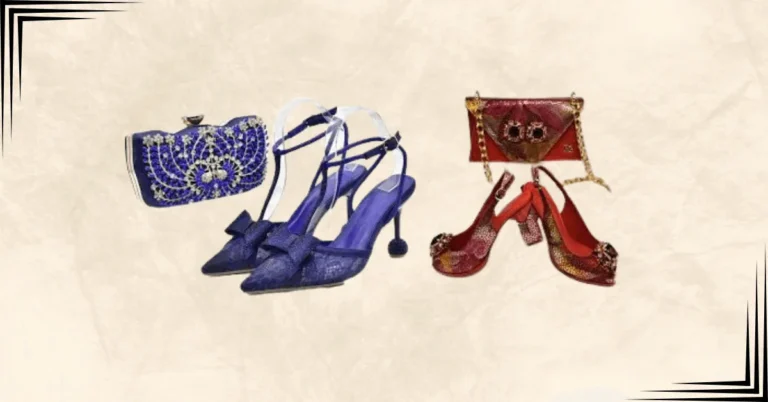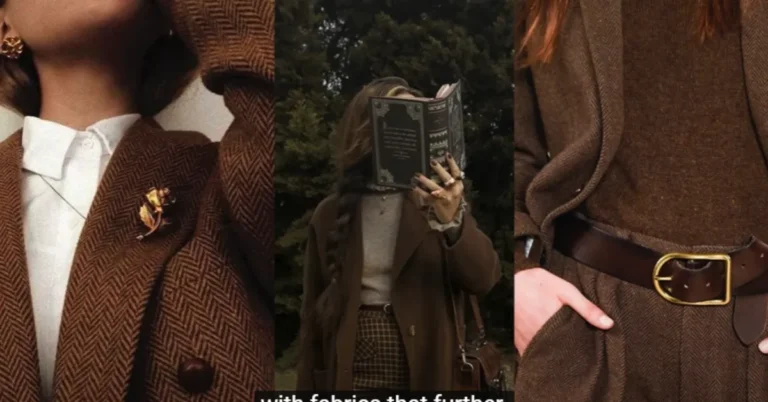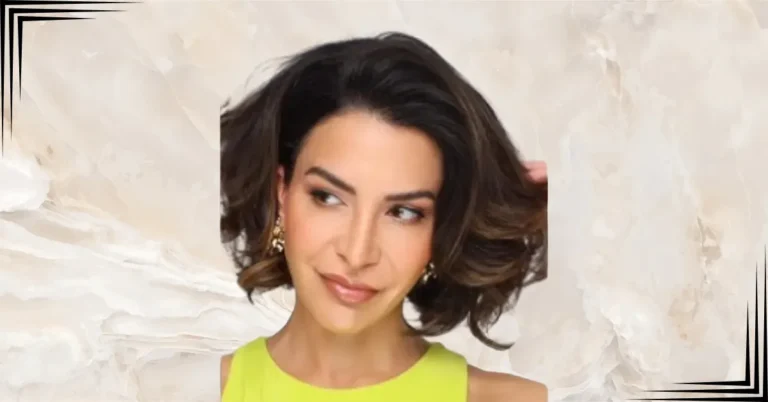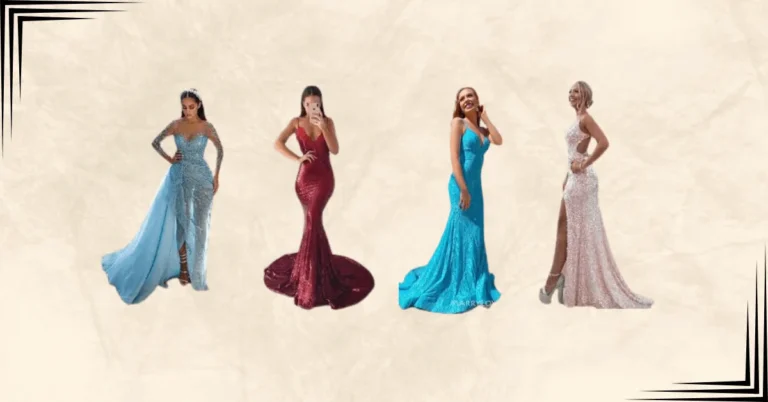Fashion History From the 18th to 20th Century: The Deadly, Daring Trends That Redefined Beauty
Fashion history from the 18th to 20th century is fascinating. In the Victorian era of the 1860s, cage crinoline and hoop skirts gave a new shape to women’s dresses. These wide skirts with narrow waists were very popular at that time. The military-style Garibaldi shirt also became very popular during that period. Sewing machines and aniline dyes changed the manufacturing and colors of clothing. This was the way fashion reached more people.
In fashion history, the 1900s, Edwardian fashion introduced the S-bend corset and the Gibson Girl silhouette. Hobble skirts were also very popular at that time. In the Roaring Twenties of the 1920s, fashion took a new look with flapper dresses and Gatsby style. Fedoras gave a modern look to men’s fashion.
During the Great Depression of the 1930s, practical styles and Hollywood glamour went together. Clothes of that time were functional, and with that came elegance. When World War 2 broke out in the 1940s, utility clothing and rationing appeared. In the 1950s, Marilyn Monroe’s hourglass silhouette was very famous.
Casual wear was also popular during this period. In the 1960s, during the Mod era and Hippie era, miniskirts, psychedelic prints, and youth culture brought fame to fashion. Bell-bottoms and platform shoes were also quite popular during the Disco movement of the 1970s.
In the 1980s, grunge and minimalism gave a casual look to fashion with flannel shirts and baggy jeans. Y2K fashion arrived in the 2000s, and in the 2010s, fast fashion and online shopping brought ease in fashion.
In the 2020s, digital fashion, social media, and influencers have promoted fashion trends. Old money style is also counted among old-fashioned. This fashion journey is an example of cyclical fashion, in which old trends keep returning in fashion.
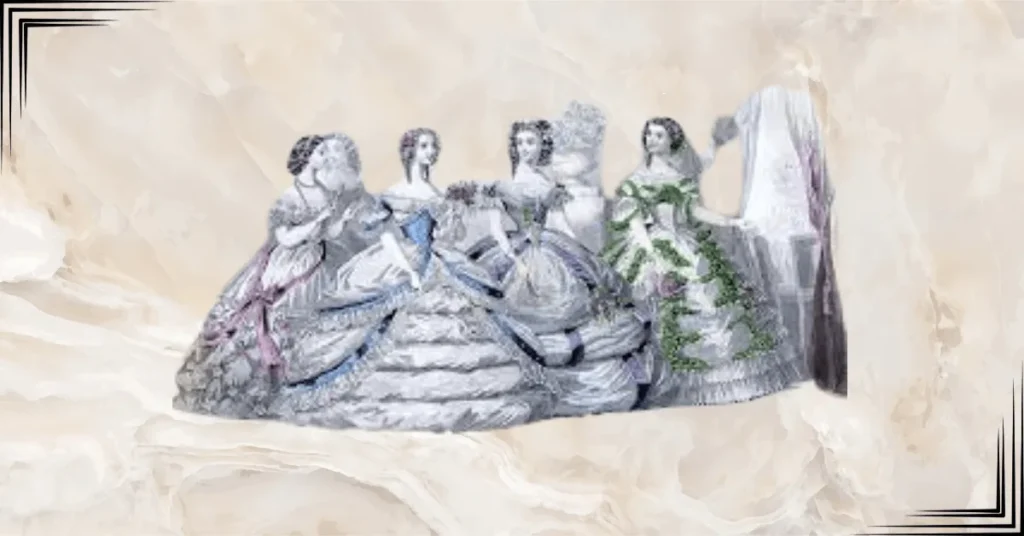
1860s: The Victorian Era In Fashion History
In this fashion history Cage crinolines and hoop skirts were very popular in the Victorian era of the 1860s, adding a vast and dramatic silhouette to women’s dresses. The Garibaldi shirt, inspired by Italian military style, also became popular during that era.
Sewing machines made it possible to make clothes quickly during that era, which is also why the fashion of that time started reaching ordinary people. Also, Aniline dyes of that time made it possible to wear bright colors, adding various colors to clothes.
Towards the end of the 1860s, the crinoline was replaced by the bustle, which caused the silhouette to appear straight from the front and project from the bottom. In Victorian fashion (1837-1901), changes in technology and society had a profound impact on style and design. At that time, trends were changing very fast.
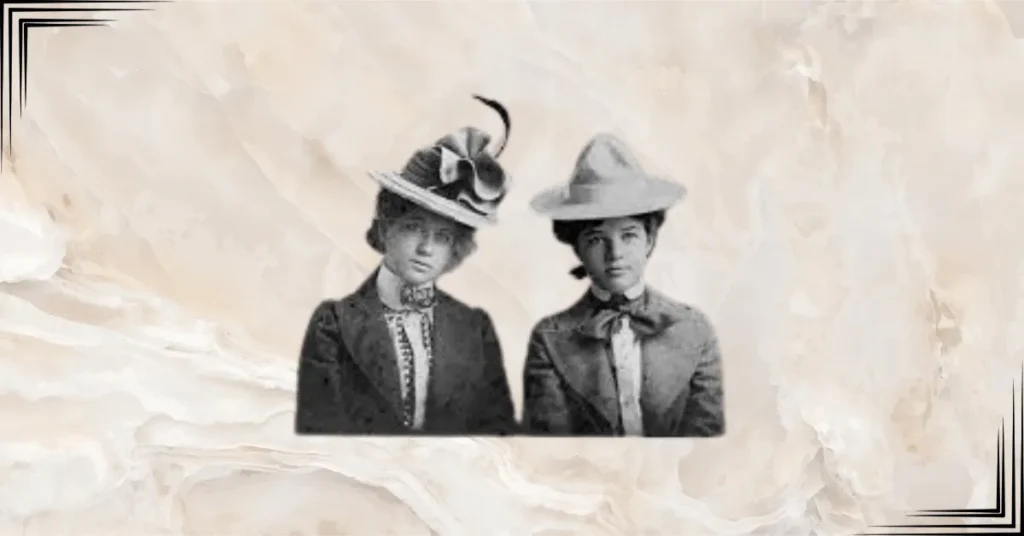
1900s: Edwardian Fashion
The Edwardian fashion of the 1900s was formal attire. S-bend corsets created a s-curve silhouette for women, who had their chests extended forward and hips narrowed. People wore dresses with expensive fabrics like silk, satin, and lace collars. At that time, department stores brought ready-to-wear clothes within the reach of ordinary people. Paul Poiret introduced corset-free, loose designs to the market, which became very popular in the 1920s. Functional outfits and tailored suits for sports were also becoming popular.
Class differences were very clear in the Edwardian era. Rich people wore luxurious fabrics, while middle-class women wore home-sewn copies. At that time, dressing was according to occasions; for formal events, train-length gowns were popular. This period was a bridge between Victorian rigidity and modern simplicity, where fashion reflected social changes.
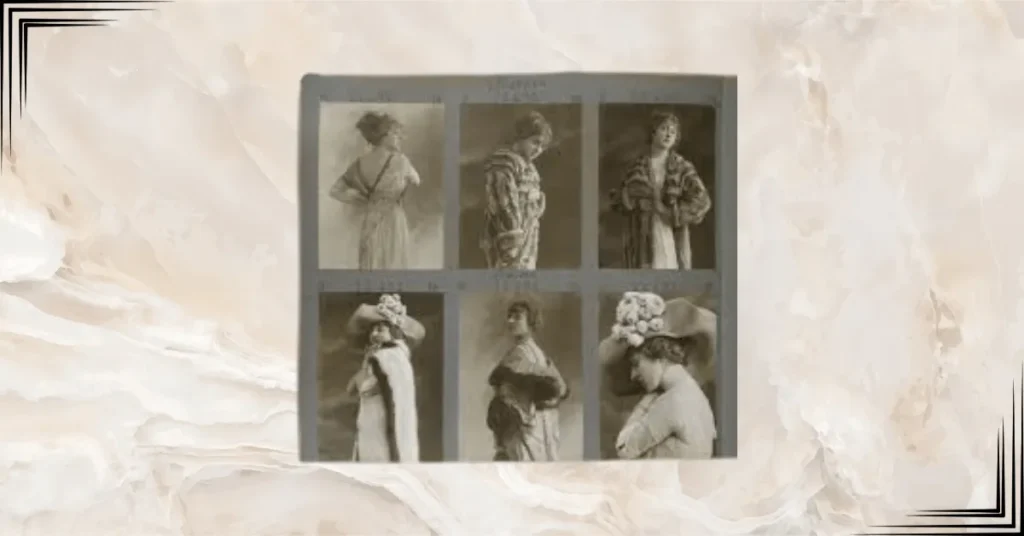
1910s: World War I Influence
Paul Poiret introduced a hobble skirt in the 1910s. This skirt made choosing a skirt difficult because of its tight fit. During this period, simplicity started to come into women’s clothing due to World War 2. In that era, heavy fabrics began to be preferred over practical designs. The hobble skirt, despite being impractical, had become a fashion statement.
This skirt was utterly different from the voluminous skirts of the Victorian era. There was a transition in fashion during this period. People at that time were interested in long, slender lines compared to petticoats and bell-shaped skirts. Designers began creating new trends by understanding the zeitgeist. This era also reflects the evolving priorities of women.
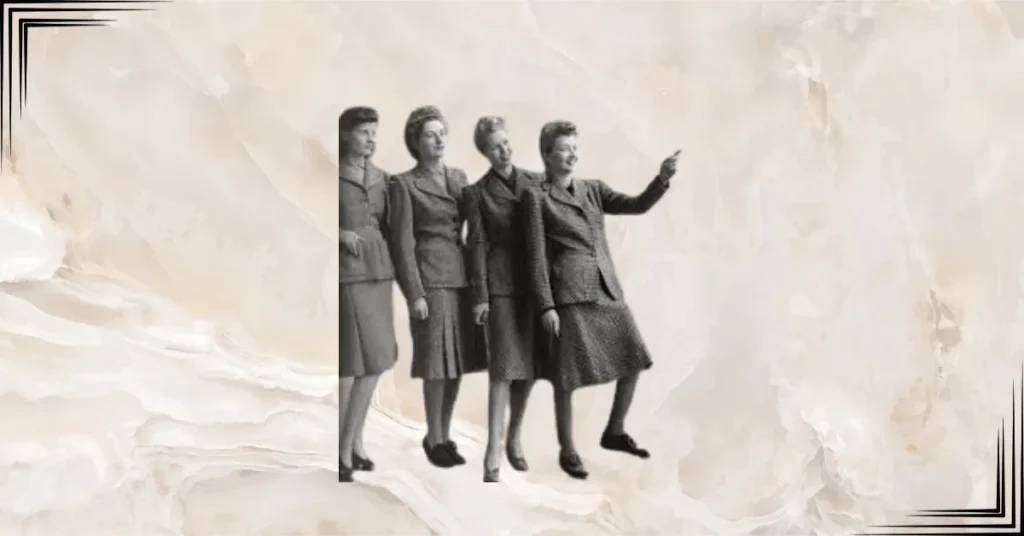
1920s: The Roaring Twenties
Fashion in the Roaring Twenties of the 1920s took a completely different approach from older fashions. Women of the time adopted flapper dresses, short skirts, and bobbed hairstyles. They expressed their freedom and relaxed style through their clothing. Tailored suits and fedoras were the trend for men. Initially, people hesitated to try out the new styles, but after 1925, these bold designs became popular and continued until 1931.
The loose, sleeveless design and dropped waist of flapper dresses dramatically changed women’s silhouettes. Luxurious fabrics and decorative details in the Gatsby style mixed elegance with fun. During this time, people enjoyed social freedom, jazz culture, and post-war happiness. But later, this trend ended due to the economic depression.
1930s: The Great Depression
Gloves, hats, and belts held a special place in the 1930s fashion accessories. People wore small wrist-length gloves during the daytime and elbow-length designs at night, which they matched with their outfits. Bolero jackets, embellished with embroidery or sequins, added glamour to evening looks. Scarves, cloche hats, and pearl jewellery were also common accessories.
The designers of that time tried to make these accessories functional and stylish. Schiaparelli’s shoulder pads added structure to the outfits, while Chanel’s little black dress highlighted minimalist jewelry. Gloves and matching handbags had become a symbol of elegance.
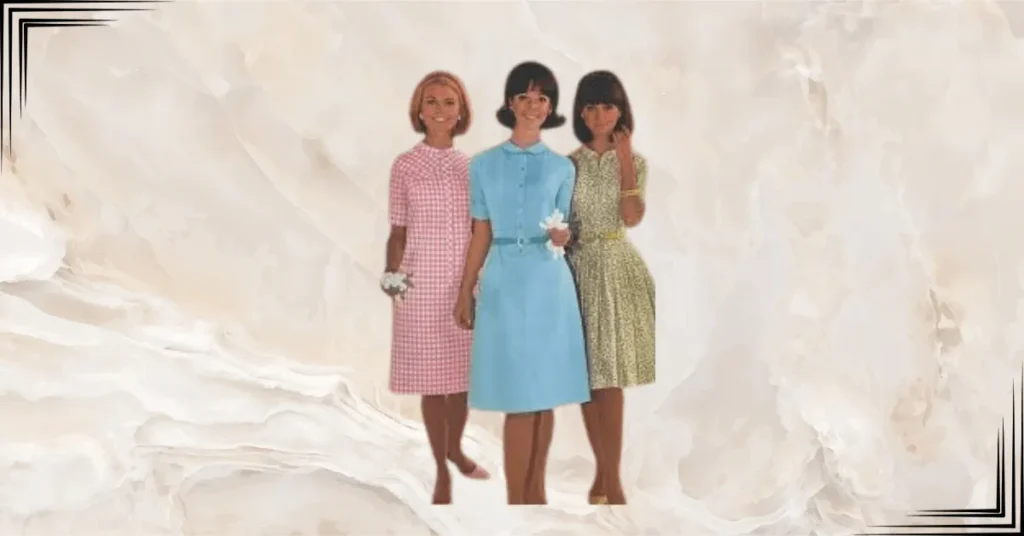
1940s: World War II and Post-War Fashion
The resource limitation on fashion during World War 2 in the 1940s significantly impacted fashion. Women’s clothes were simple, with shorter skirts and slim silhouettes. Rayon/viscose was used in place of silk and wool. Slacks, headscarves, and sturdy shoes became popular when women entered the workforce.
Post-war, Christian Dior introduced the “New Look.” Glamour returned with the introduction of full skirts, fitted waists, and luxurious fabrics. But the practicality of wartime also remained. During this time, you get to see the evolving relationship between the social role of women and fashion.
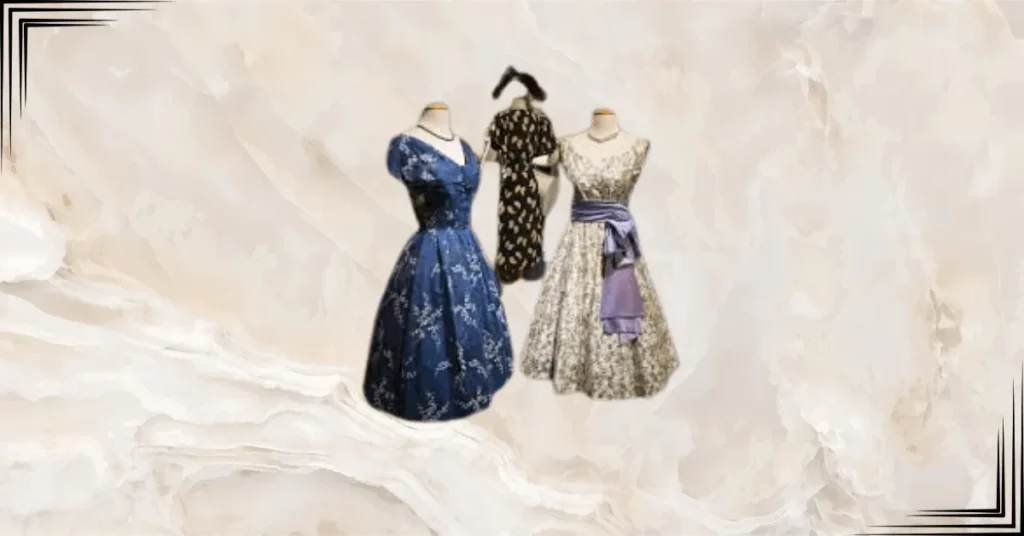
1950s: The Age of Elegance
1930s fashion was considered the epitome of elegance and glamour, and stars like Ginger Rogers and Fred Astaire represented this graceful style. Famous fashions of this era included bias-cut gowns, feminine silhouettes, and flapper styles. In addition, casual wear like capri pants and fitted tops also became popular.
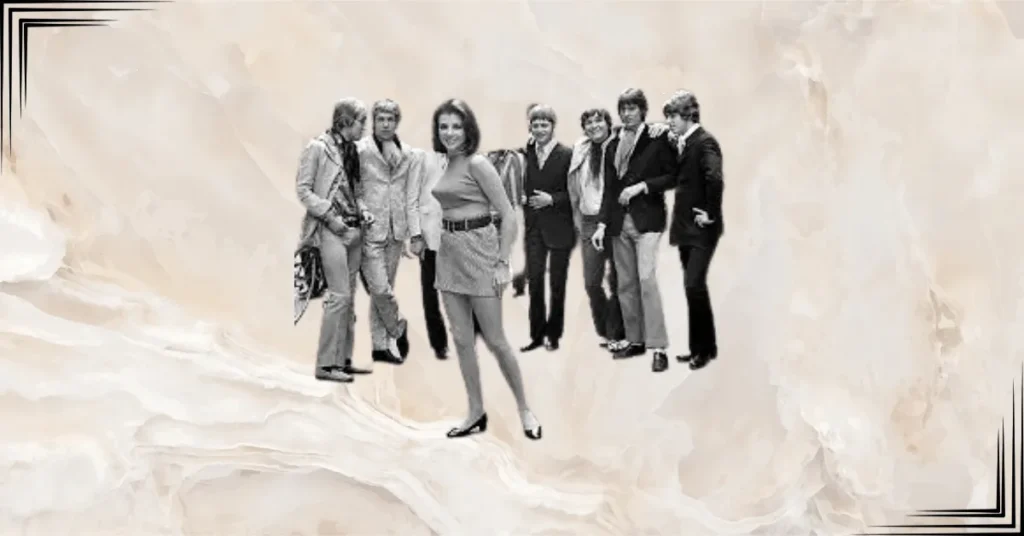
1960s: The Mod and Hippie Eras
New synthetic materials like plastic, PVC and polyester were all the rage in 1960s fashion. Mod styles included colors, geometric prints and Hippie fashions that came to the fore, symbolising youth culture. Mary Quant popularised the miniskirt. On the other hand, music stars like the Beatles also inspired trends.
In this fashion history Designers like Courreges introduced “Space Age”, which look like white silver dresses, while Cardin/Pucci introduced futuristic designs (vinyl, zips, colorful silks). People stopped wearing formal wear in that era, and preferred casual styles more, with paper dresses also becoming a trend.
1970s: The Disco and Punk Movements
1970s fashion included the disco-oriented style, bell-bottoms, platform shoes, and shiny fabrics. Along with this, punk, a more stylish look that included ripped clothes and leather jackets, dominated the era. Hip hop culture also popularised sportswear. Women of that time made suiting, pantsuits, and designer denim mainstream.
Polyester fabrics were in vogue, but their craze diminished by the decade’s end. American designers (Halston, Ralph Lauren) left Paris behind for the fashion showdown at Versailles. Women-centric trends, soft knits, wrap dresses, and the glamour of Studio 54 were all seen in this fashion.
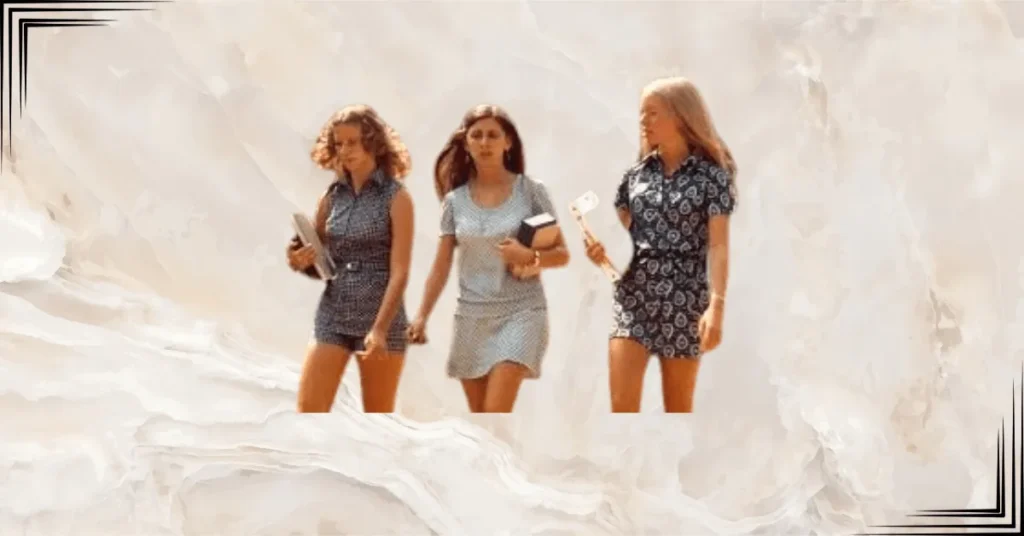
1980s: Power Dressing
1980s fashion included bold looks, neon colors, and exaggerated silhouettes. Punk culture made leather jackets and ripped clothes popular. Aerobics trends have made leg warmers and untards very trendy. Designer jeans, power dressing, oversized blazers, and suits all became symbols of female empowerment.
Princess Diana showcased casual glamour, Madonna championed edgy street style, and Grace Jones showcased androgynous looks. Sequins, spandex, faux fur fabrics, and music/movies completed the extravagant aesthetic of the era.
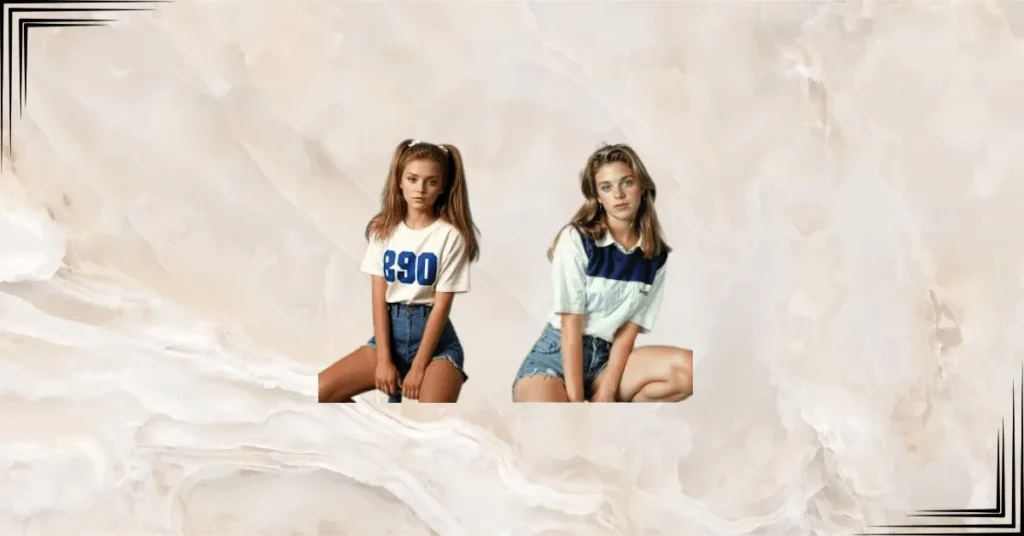
1990s: Grunge and Minimalism
In this fashion history Grunge and streetwear were very popular in the 1990s fashion. Grunge, which emerged from Seattle’s music scene, was promoted by bands like Nirvana. The fashion shifted from supermodels Naomi Campbell and Cindy Crawford to Kate Moss, who wowed everyone with her “waif” look.
Designers like Marc Jacobs brought grunge into high fashion. Preppy style began to be popular in JBL TV shows. In the late 90s, feminine glam and bold trends started to emerge. The 90s fashion can return even in today’s 2025 summer fashion trends.
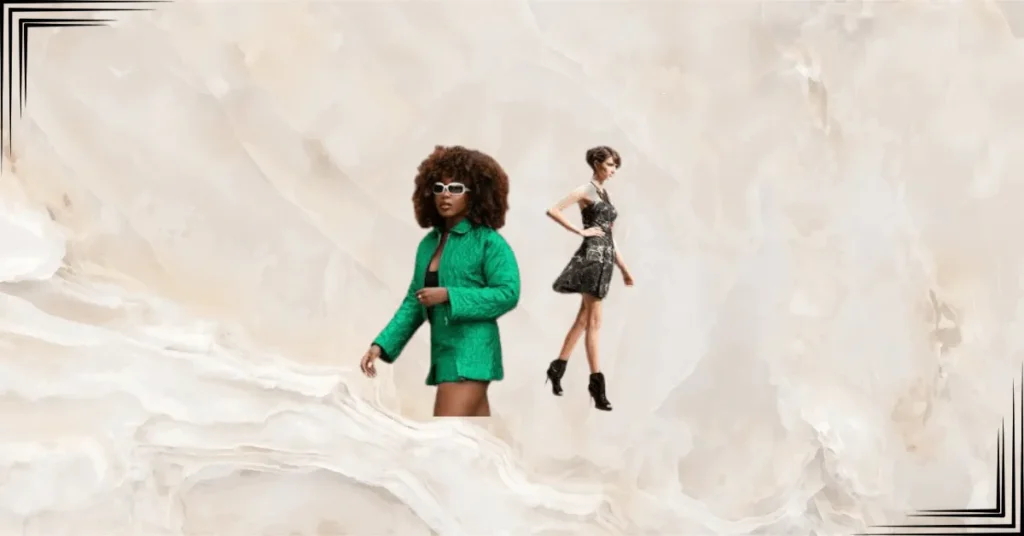
2000s: The Y2K Aesthetic
Y2K fashion emerged in the 2000s, with bold colors, shiny fabrics, and playful elements dominating. Iconic trends like low-rise jeans, baby tees, micro miniskirts, and velour tracksuits were revived with a modern twist in this fashion. Butterfly clips, chokers, platform shoes, and mini bags became popular accessories.
Beauty trends included frosted eyeshadow, glossy lips, and chunky highlights. Celebrities like Paris Hilton, Bella Hadid, and TikTok influencers promoted this trend. Brands Diesel, Miu Miu and others presented Y2K in modern cuts and eco-friendly materials (recycled polyester).

2010s: Fast Fashion and Sustainability
In the 2010s, fast fashion and Instagram/TikTok trends were in vogue. People liked to shop online, and eco-friendly clothes also started trending. Gen Z started re-buying old clothes from thrift shops. Twee style and hipster culture were also trends in that era. Old-fashioned (90s/2000s) came back because of the Internet, which made people feel nostalgic. Sustainable and basic outfits became the hallmark of this era.
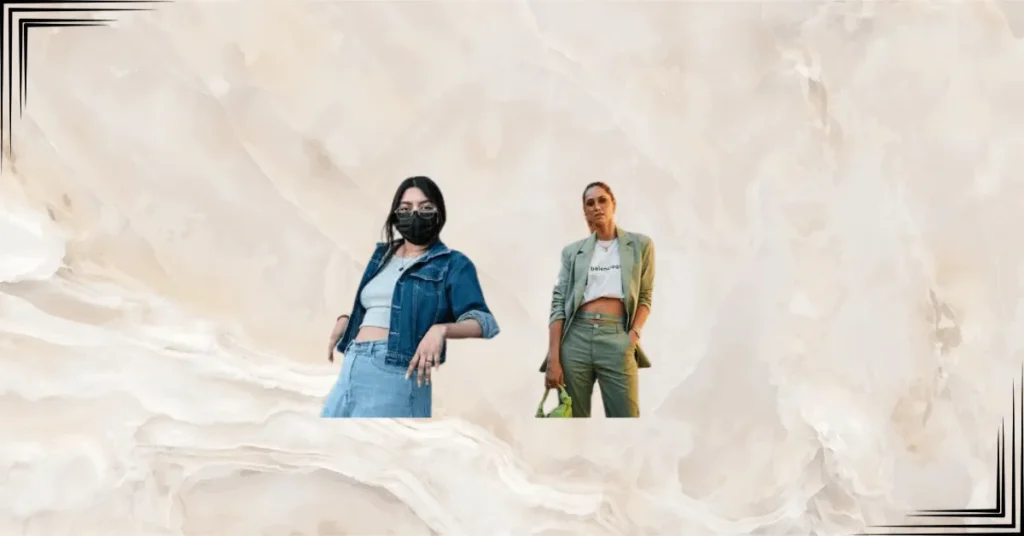
2020s: Digital Fashion and Inclusivity
In the 2020s fashion, the trend of comfy clothes started due to the pandemic. Social media brought back the trends of the 1990s and 2000s. Every size and style was accepted due to body positivity. Digital fashion also became popular during that period. Sustainability and thrift shopping also gained importance. This period is known for its inclusivity, nostalgia, and tech-friendly trends.
Conclusion
Fashion history from the 18th to 20th century. From the 18th to the 20th century, fashion history is a fascinating journey in which old trends come back with new twists. Old-fashioned also focused on sustainability, digital innovations, and inclusivity. Old-fashioned helps promote its culture according to time and place.

